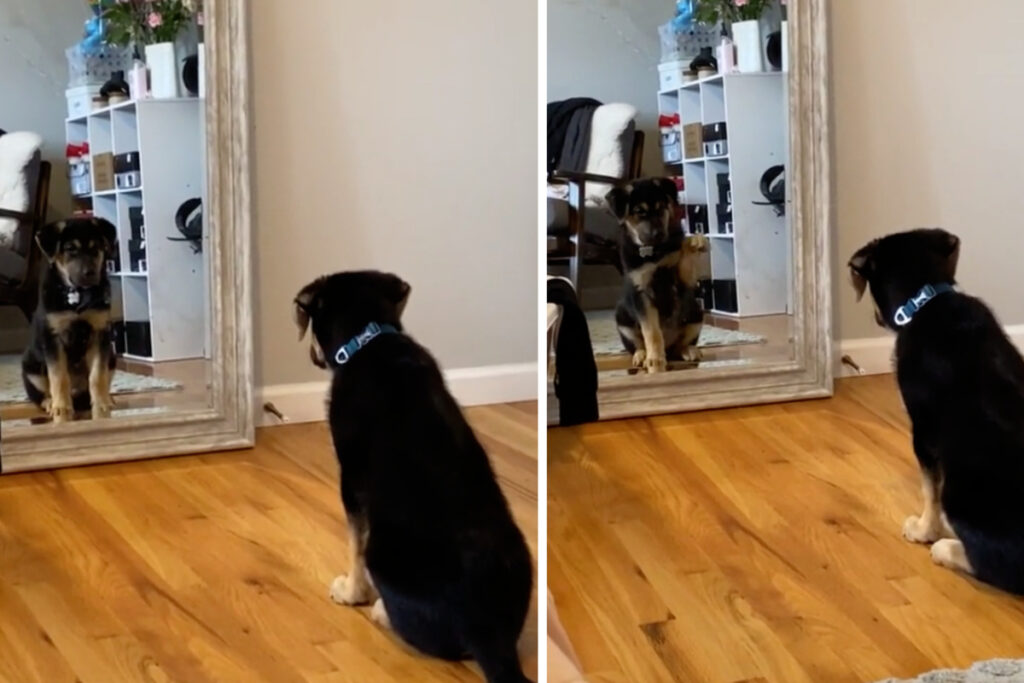When we share our lives with dogs, we often form a deep and unique bond. “Your Dog is Your Mirror” by Kevin Behan explores this connection in-depth, shedding light on the remarkable relationship between humans and their four-legged companions. In this article, we’ll delve into a “Your Dog is Your Mirror” summary, offering key insights from the book and highlighting the profound wisdom it imparts.
Your Dog is Your Mirror Summary
Understanding the Canine-Human Connection
“Your Dog is Your Mirror” delves into the concept that dogs are more than just pets; they are mirrors reflecting our emotions, energies, and inner selves. The book explores how a dog’s behavior and reactions are a direct response to the emotional state and energy of their human counterparts.
The Role of Energy
Behan emphasizes the role of energy in the canine-human relationship. Dogs are highly attuned to the energy emitted by humans, and they respond accordingly. Positive energy can lead to a harmonious relationship, while negative energy can result in behavioral issues.
Nonverbal Communication
“Your Dog is Your Mirror” emphasizes the importance of nonverbal communication. Dogs rely on body language and subtle cues to understand their human companions. Understanding this form of communication is essential for fostering a strong bond.
Unconditional Love and Trust
The book highlights the unconditional love and trust that dogs offer. Behan underscores the responsibility that comes with this trust and the importance of reciprocating it with care and understanding.
The Mirror Effect
Perhaps the most significant insight is the mirror effect, where a dog’s behavior reflects their owner’s emotional state. By recognizing this connection, dog owners can work on themselves to improve their dog’s behavior and overall well-being.
Applying the Insights
Building a Stronger Bond
Understanding the principles outlined in “Your Dog is Your Mirror” can help strengthen the bond between humans and their dogs. By cultivating positive energy, clear communication, and emotional awareness, owners can create a more enriching and fulfilling relationship.
Addressing Behavioral Issues
For those facing behavioral challenges with their dogs, the book’s insights offer a unique approach. Instead of solely focusing on the dog’s behavior, “Your Dog is Your Mirror” encourages owners to introspect and address their emotions and energies as part of the solution.
Enhancing Personal Growth
Beyond the canine relationship, the book underscores the potential for personal growth and self-awareness. It prompts readers to reflect on their emotions, energies, and how they impact their interactions not only with their dogs but also with others.

Real-life Examples of the Mirror Effect in Action
Real-life examples of the mirror effect in action vividly demonstrate the profound insights shared in “Your Dog is Your Mirror Summary.” These stories serve as tangible evidence of the intricate connection between human emotions, energies, and canine responses. Whether it’s a dog owner’s journey to overcome anxiety, like Maria’s, or a dog trainer’s transformation in handling an aggressive rescue dog, these instances reveal that our inner states play a pivotal role in shaping our dogs’ behavior and emotional well-being. They underscore the importance of self-awareness, personal growth, and emotional balance in nurturing a harmonious and deeply bonded relationship with our four-legged companions.
Criticisms and Limitations of the Mirror Effect
While the mirror effect undoubtedly holds significant sway in understanding canine behavior and fostering positive relationships with our dogs, it’s essential to acknowledge its limitations. Dogs, like humans, are individuals shaped by a complex interplay of genetics, upbringing, and inherent personality traits. While some dogs may readily exhibit the mirror effect, mirroring their owner’s emotions and energies, others may not do so as overtly. This individual variation means that not all dogs will respond uniformly to the same training and behavior modification methods. Recognizing these differences and tailoring our approaches to meet the unique needs of each dog is essential for successful training and a harmonious canine-human relationship.
Conclusion
“Your Dog is Your Mirror” by Kevin Behan offers profound insights into the world of canine-human relationships. It reminds us that our dogs are more than companions; they are reflections of our inner selves. By embracing the wisdom shared in the book, we can nurture stronger bonds, address behavioral challenges, and embark on a journey of self-discovery.



